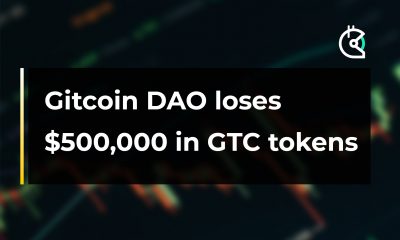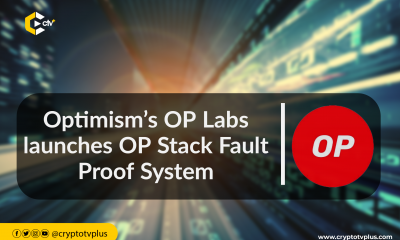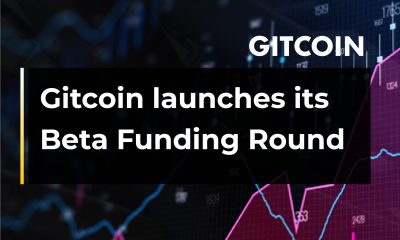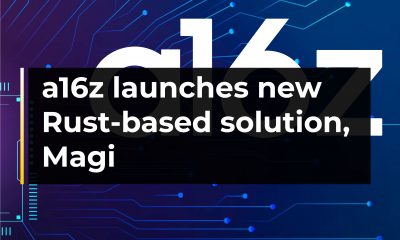News
Gitcoin introduces a community-led Layer 2 ecosystem
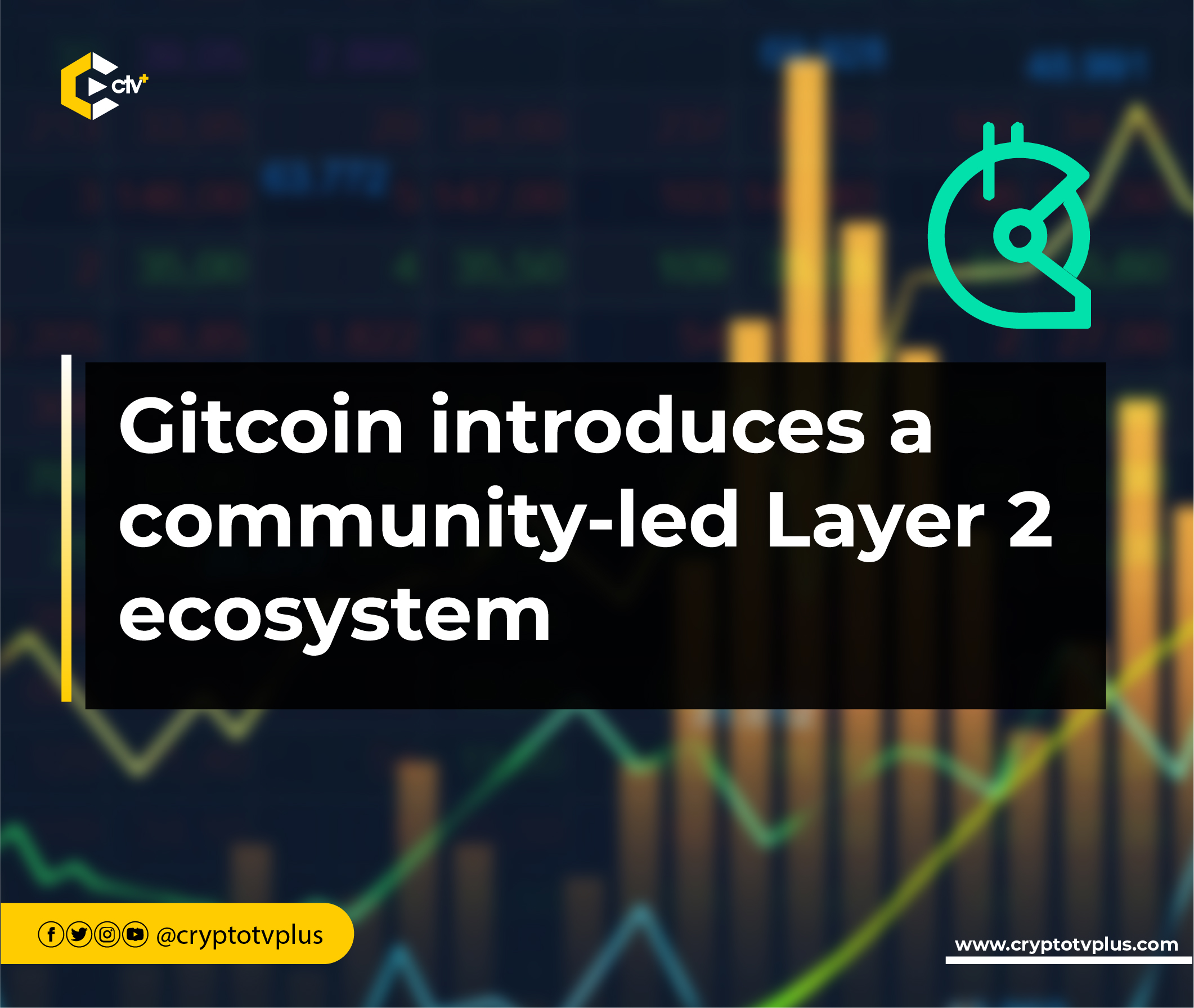
Gitcoin, renowned for its commitment to open-source projects, is now unveiling a community-driven Layer 2 (L2) ecosystem on Ethereum called PGN, powered by the Optimistic (OP) Stack.
PGN is poised to become a digital Schelling point for advocates of public goods. It functions as an EVM-compatible rollup that is highly composable, with the majority of net sequencer fees dedicated to supporting public goods in Ethereum and other domains. Developers and advocates can contribute to the network by occupying block space on PGN, thereby promoting the expansion and financing of public goods initiatives.
According to the PGN’s document, Public Goods Network will regularly submit transactions to Ethereum in batches through a centralized for-profit sequencer.
In a future version, projects will have the opportunity to earn revenue directly through sequencer fees using the Contract Secured Revenue (CSR) method. This approach ensures that the network’s incentives align with those of developers. One of PGN’s goals is to primarily allow projects to be funded directly with an intermediary with the aid of EIP-6969.
EIP-6969 is a standardized protocol designed for networks to integrate Contract Secured Revenue (CSR) and enable the implementation of Contract Secured Revenue.
https://twitter.com/pgn_eth/status/1676972205526368262
The PGN’s architecture and deployment are already available for testing, showcasing the network’s ability to support and promote public goods activities.
Several notable organizations, including Protocol Guild, CLR Fund, Public Nouns, Protocol Labs, Octant App, Hedgey Finance, Eco Association, and Gitcoin itself, have expressed their support for this ambitious project. Through collaboration, these entities aim to coordinate activities and resources, liberating public goods organizations from the limitations of competitive financing silos.
PGN has developed robust bridging capabilities, transaction views, a block explorer, and core infrastructure to ensure seamless functionality and accessibility. Fees will be determined and distributed based on cumulative effect data six months after the mainnet network is deployed.
The Public Goods Network stands as a purpose-driven chain, providing a beacon of hope for achieving ample and sustainable funding for public goods.
Read Also: Turn over user information to the IRS, Court orders Kraken



